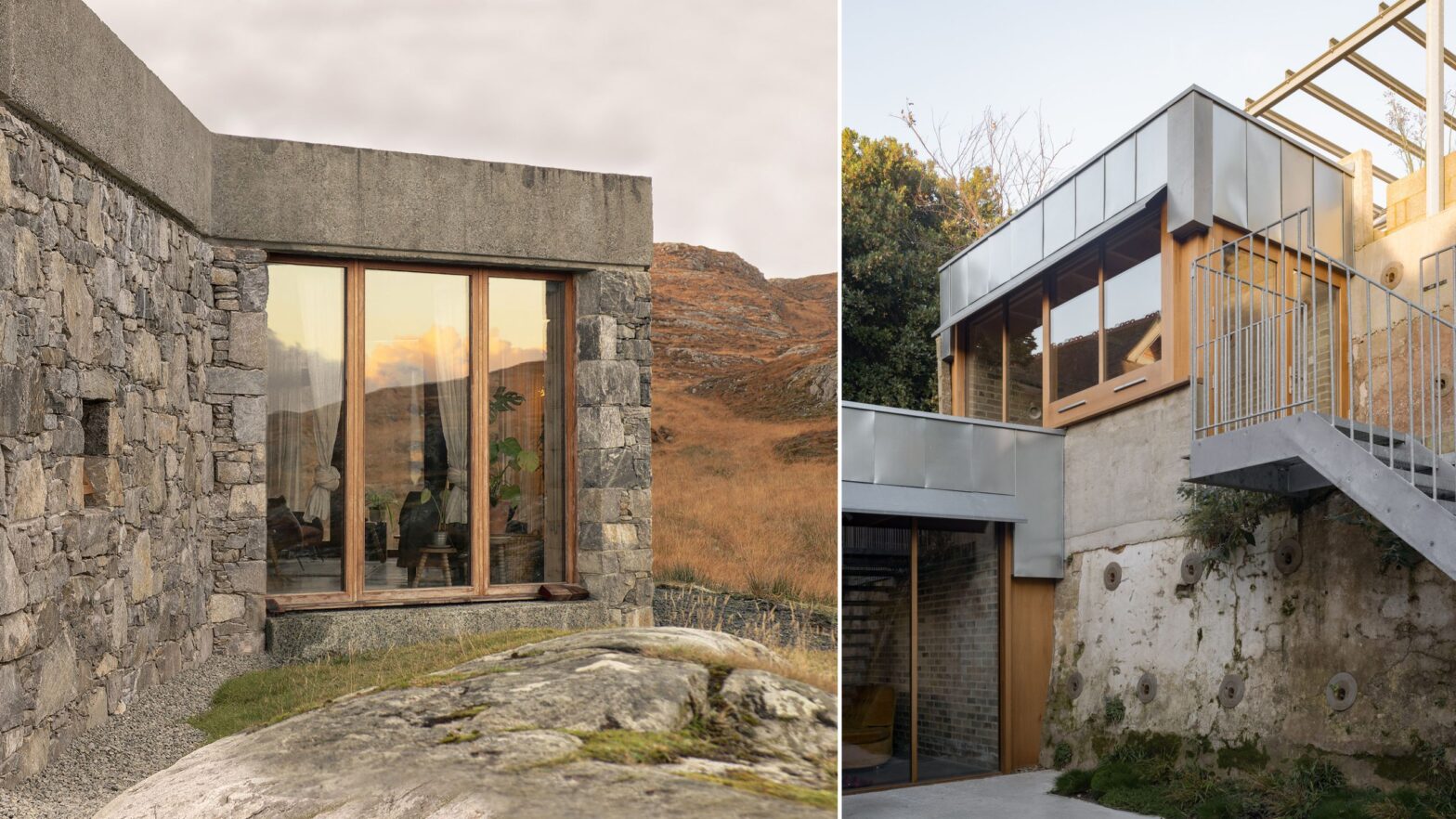The RIBA House of the Year was first awarded in 2013 and focused on new builds and extensions in the UK. The award was won in 2024 for Six Columns in South London by 31/44, in 2023 for the Green House by Hayhurst & Co and in 2022 for The Red House by David Kohn Architects. He includes a wide range of work, from magnificent modern country houses (Flint House and Caring Wood House) to extensions such as the House on the Hill and townhouses. This year offers a little bit of everything, starting with these two structures.
RIBA House of the Year 2025, RIBA.org
Caochan na Craige by Izat Arundell

Caochan na Craige by Izat Arundell
(Image credit: Richard Gaston)
The first nominated project is a self-build project built by Eilidh Izat and Jack Arundell of Izat Arundell on a remote site in the Bay of Harris in the Outer Hebrides. The duo, partners in work and life, designed and built the modest one-bedroom house on a rocky site overlooking the sea and the island of Rùm.
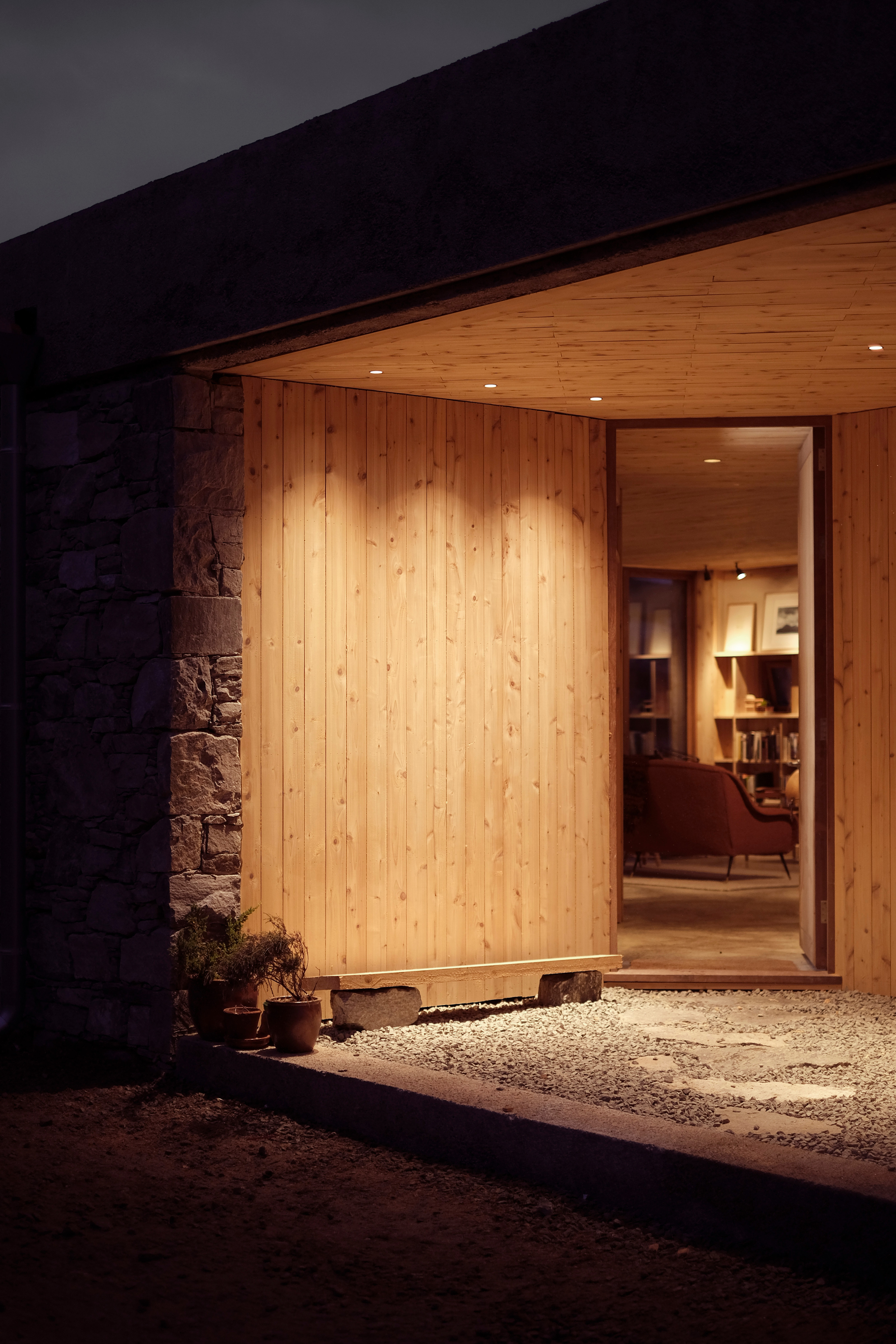
The Entrance Hall, Caochan na Craige by Izat Arundell
(Image credit: Jack Arundell)
At just 85 m², Caochan na Creige is one of the smallest projects nominated for House of the Year. In addition to a wooden structure and cladding made of local stone, there is also a ring beam made of exposed concrete, which gives additional structure to the rocky terrain. Inside, lime plaster walls and polished concrete floors are combined with Scottish larch ceilings and bespoke beech joinery made by Izat's furniture maker brother Alastair.

Detail of the stone-clad walls, Caochan na Craige by Izat Arundell
(Image credit: Richard Gaston)
Caochan na Creige (the name means “little quiet man on the rock”) is deeply personal, not only because of the physical labor required to build it, but because every nook and cranny was designed to accommodate the couple's possessions and artwork, as well as views over the sea and the gorge. The construction process also involved collaboration with many local artisans, helping to strengthen this small practice's ties to the community.

The house in the Hebridean countryside
(Image credit: Richard Gaston)
IzatArundell.com, Izat.Arundell
Hastings House by Hugh Strange Architects
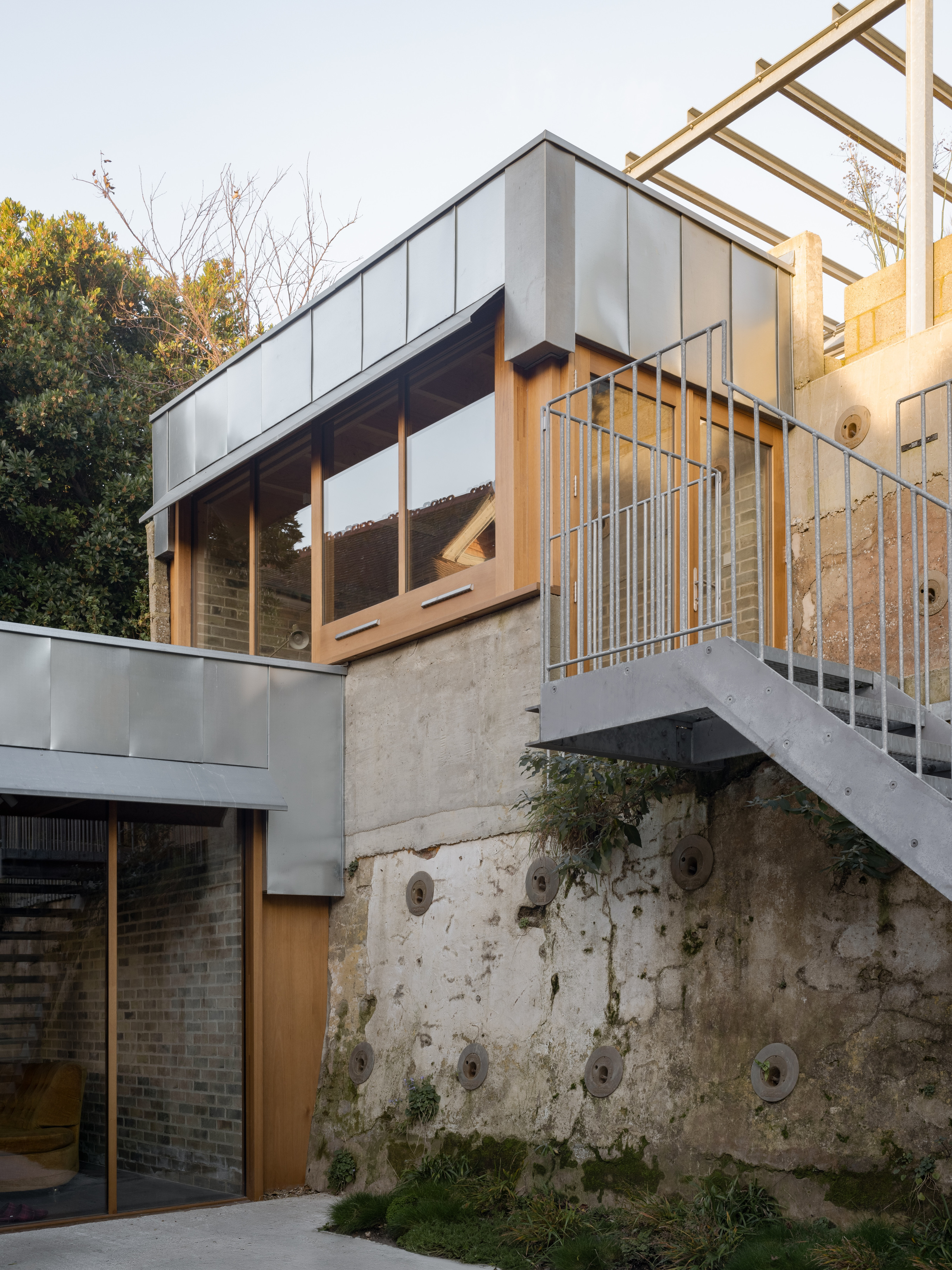
Hastings House by Hugh Strange Architects
(Image credit: Rory Gaylor)
The house, which was also shortlisted for the RIBA Stirling Prize this year (where it lost out to Witherford Watson Mann's Appleby Blue Almshouse), follows on from previous domestic projects such as the house transformation in Peckham, south London.

Hastings House by Hugh Strange Architects
(Image credit: Rory Gaylor)
However, in Hastings, Hugh Strange and his team were tasked with modernizing a 19th-century family home in the heart of the city center, which has a steep gradient throughout the site. The main house has been preserved and restored with particular emphasis on original features such as moldings, stained glass, fluted barge boards and decorative clay tiles. The real changes in perception take place in the back area.
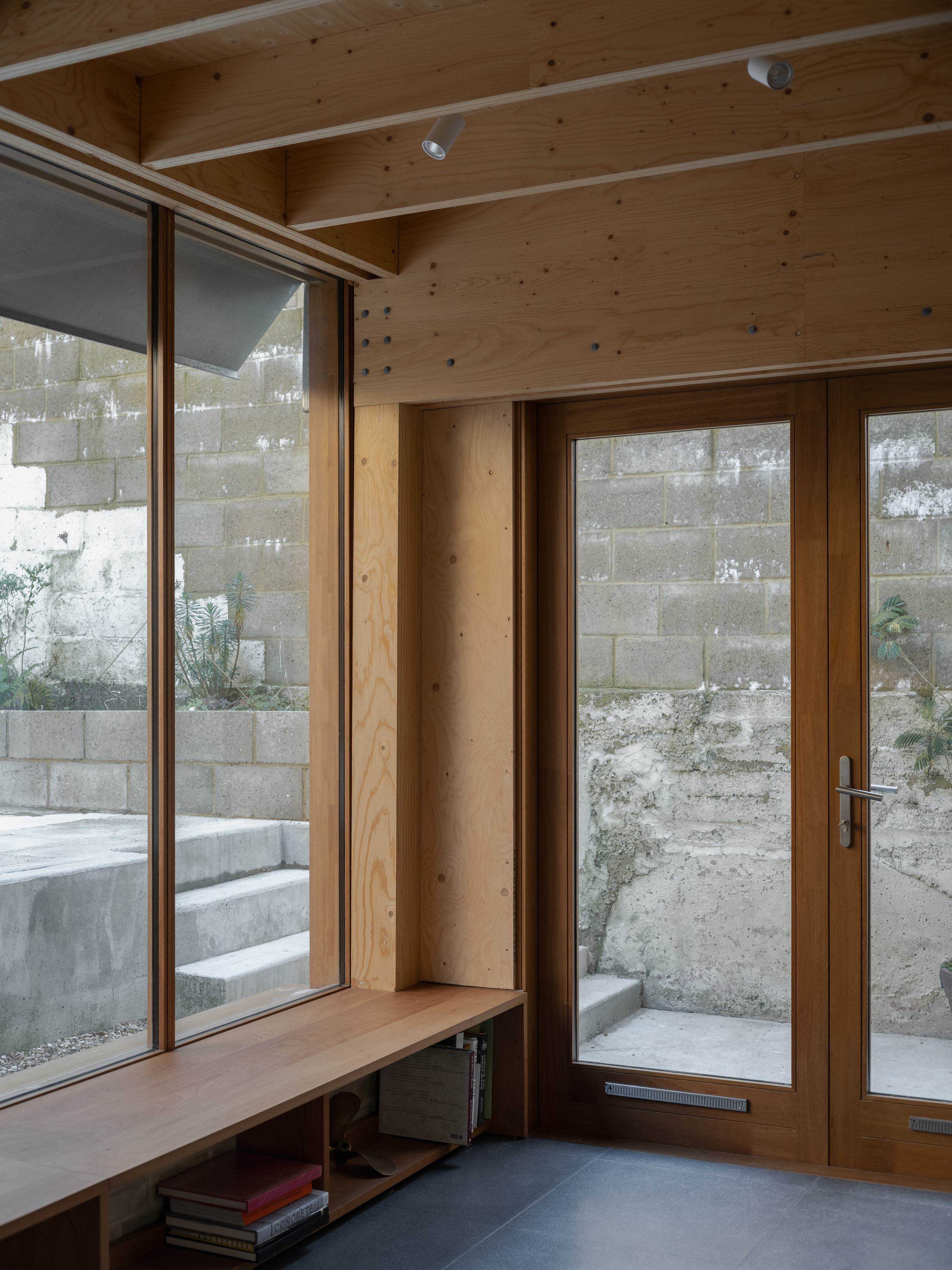
Hastings House by Hugh Strange Architects
(Image credit: Rory Gaylor)
An existing extension was replaced with a series of galvanized steel units overlooking the multi-terraced rear garden. Each of these newsrooms features large wooden sliding doors, while the existing retaining wall is combined with a new concrete slab, yet retains the scars of centuries of use. It is a series of interventions that enhance the original house without destroying the site of its history, with contemporary materials and details providing a strong contrast to its predecessor.
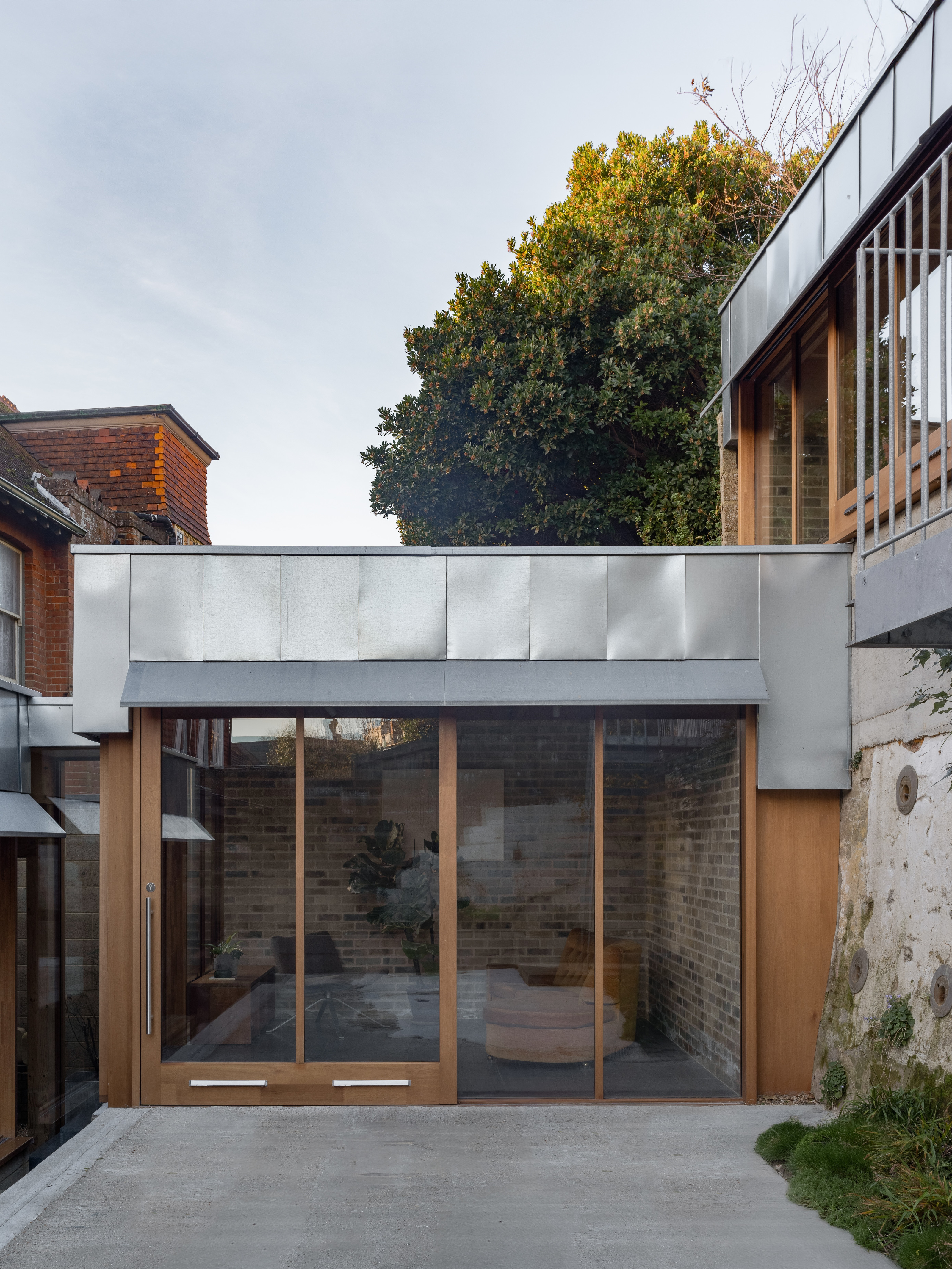
Hastings House by Hugh Strange Architects
(Image credit: Rory Gaylor)
HughStrange.com, @HughStrangeArchitects
